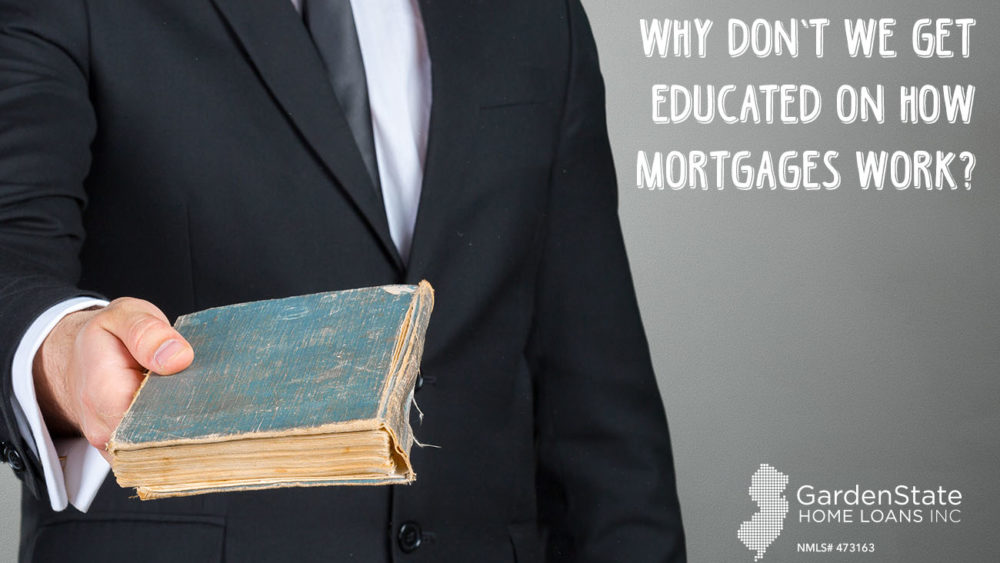
From kindergarten to college, we go to school for an education in the hopes that it will prepare us for the “real world.” But, when thinking back to everything we learned throughout our years of schooling, does it really set us up for everything we need to know about being an adult? If you ever found yourself asking “how do mortgages work?” you’re not alone.
There’s a lot of things we learn during the course of our academic careers some topics fall through the cracks, like mortgages. It’s actually alarming, especially given the amount of people who will come face-to-face with a mortgage at some point in their lives. So, why aren’t we taught about these topics in school? How are we supposed to be ready if we don’t know this vital information?
Currently 63.7% of Americans are homeowners, but this rate has dropped nearly 1.1% since 2014. Buying a home can be one of the largest investments a person makes in their lifetime, yet we still aren’t taught a step-by-step of how it works.
Enough lamenting, let’s get right down to it. How do mortgages work and what different types are there?
How They Work:
Mortgage payments consist of four key elements in what we refer to as PITI.
What is PITI?
- Principal: The outstanding balance that has been borrowed from the lender. As the monthly payments are made, the principal reduces.
- Interest: The amount a lender charges for the loan itself, this is comprised of certain percentage of the outstanding principal. Ultimately this is a big chunk of your mortgage. As you payoff off your mortgage more of the payments will go toward the principal instead.
- Tax: A deduction on the interest that varies by each state based on the loan amount, property value, and type of property. Most pay their annual property taxes quarterly
- Insurance: Homeowners insurance covers liability for any injuries, damage done to your property, and property damage done either by yourself or family can cause to other people. Mortgage Lenders require it, making part of your monthly payment due towards the insurance.
30-Year Fixed is the most popular setup for borrowers. This means that over the course of the next 30 years they will pay a fixed interest rate. This is most appealing because throughout their monthly payments, they will pay the same amount per month.
15-Year Fixed have lower interest rates than 30-year mortgages. While paying less interest on the loan, the borrower also builds more equity.
These are simple terms that could be taught throughout the course of our time in school. Education systems need to invest in better personal finance education for the benefit of all students.


Comments are closed.